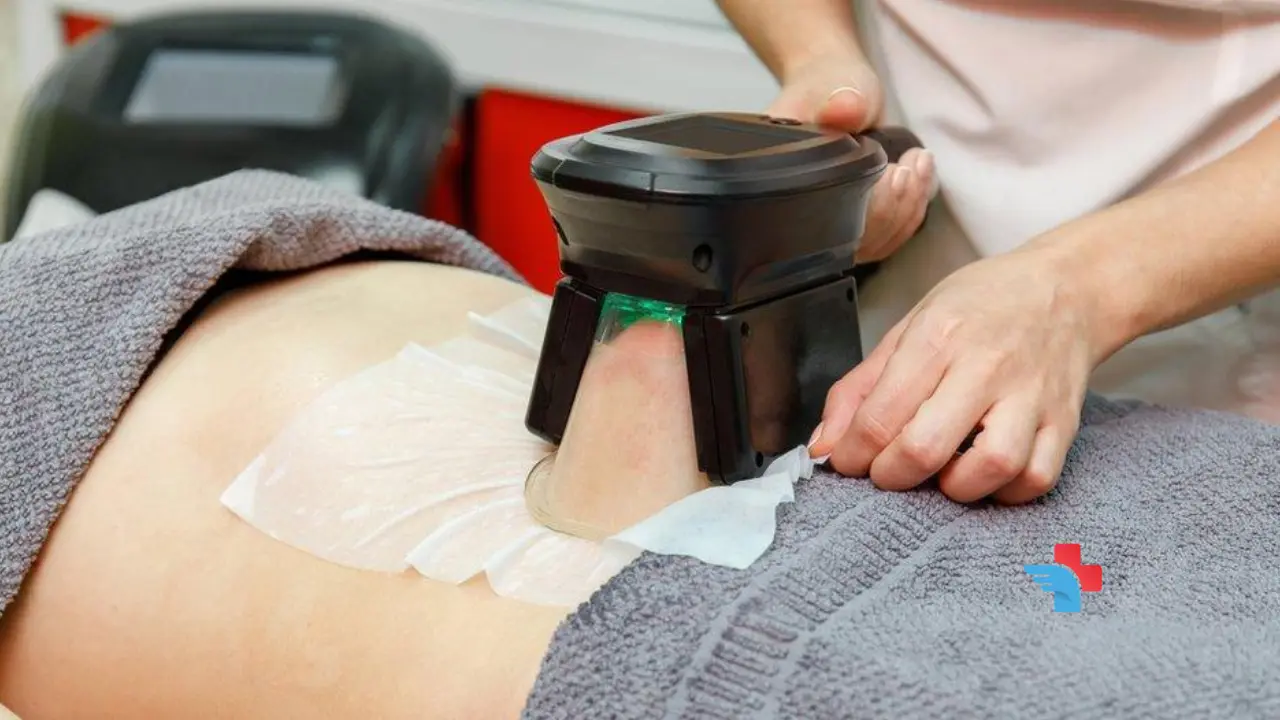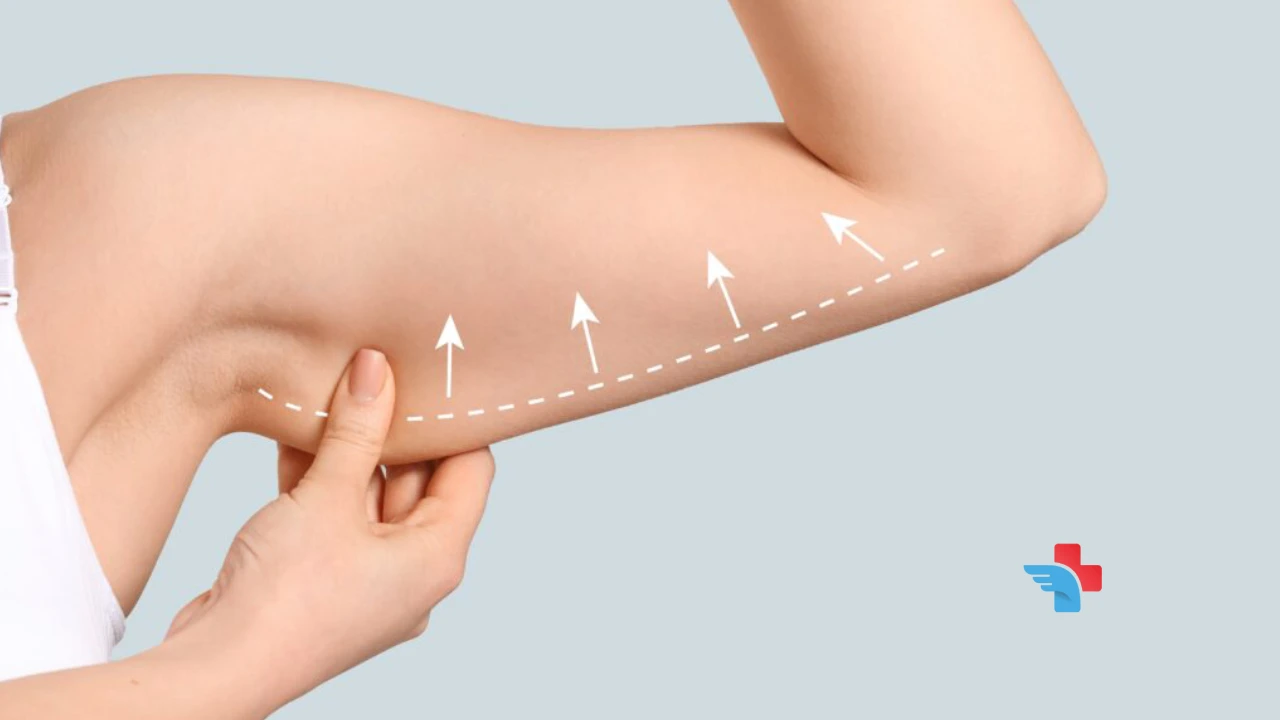How to Put on Rhinoplasty Tape Tight for Optimal Results
Rhinoplasty, or a “nose job in Iran,” is a delicate procedure that reshapes and enhances the nasal structure. A crucial part of the post-surgery recovery is proper taping. Learning how to put on rhinoplasty tape tight is essential for maintaining nasal support, minimizing swelling, and ensuring the best outcome of your surgery. Taping not only helps control bruising but also assists in guiding the skin to heal correctly over the modified cartilage and bone. In this guide, we’ll cover how to effectively apply rhinoplasty tape and how tight it should be for maximum benefits.
Why Is Proper Taping After Rhinoplasty Important?
Rhinoplasty alters the structure of the nose by adjusting bone and cartilage, which leads to swelling and sometimes bruising. Post-operative taping is designed to reduce these side effects, helping the nasal tissues heal properly and preventing excessive swelling. Taping also holds the nose in the correct position, providing extra support during the critical early healing period. Without proper tape application, the nose may swell more than necessary, or the skin could heal unevenly over the new nasal framework.
What Is Rhinoplasty Taping?
Rhinoplasty taping is a technique used after surgery to stabilize the newly shaped nose. Surgeons typically recommend it during the first few weeks post-surgery. The goal is to gently compress the nose to minimize swelling and provide structural support as the tissues heal. Surgeons often apply the first set of tape, but patients are expected to continue taping their nose at home as part of their aftercare routine.
Why Does Rhinoplasty Require Taping?
Taping after rhinoplasty isn’t just about comfort; it serves an important medical purpose. The nasal tissues swell after surgery, and tape compresses these tissues, helping them adhere closely to the underlying bone and cartilage. Proper taping can speed up the reduction of swelling, making your nose appear more refined and closer to its final shape sooner. It also helps maintain the integrity of the surgical results by preventing the skin from shifting or healing in a way that distorts the nose’s new shape.
How Rhinoplasty Taping Reduces Swelling and Bruising
Swelling and bruising are inevitable after rhinoplasty due to the trauma caused by surgical manipulation. However, applying tape properly helps mitigate these effects. The light pressure from the tape reduces the amount of fluid accumulation in the tissues (edema), preventing excessive swelling. Additionally, the pressure helps compress small blood vessels, which limits the spread of bruising around the nose and under the eyes.
Supporting Nasal Structure Stability with Taping
Beyond its cosmetic benefits, rhinoplasty taping helps to stabilize the structural integrity of the nose during its early healing phase. The nose is delicate after surgery, and the tape acts as a scaffold, holding the skin in close proximity to the reshaped bone and cartilage. This support prevents the skin from sagging or separating from the new structure, which can compromise the long-term results of the surgery.
Preparing Your Skin for Rhinoplasty Tape
Before you start taping your nose, it’s important to prepare your skin. Cleanse your face thoroughly with a gentle cleanser, ensuring that any oils or debris are removed. Pat your skin dry with a soft towel. Clean, dry skin allows the tape to adhere better and reduces the risk of irritation or infections. You can also apply a light, fragrance-free moisturizer if recommended by your surgeon, but avoid applying too much, as it can make the tape less sticky.
Choosing the Right Type of Tape for Rhinoplasty
Not all tapes are suitable for post-surgical rhinoplasty care. You should use a medical-grade, hypoallergenic tape that is gentle on the skin yet provides firm support. Some commonly recommended types include:
- Micropore tape: Soft, breathable, and designed for sensitive skin.
- Surgical paper tape: Lightweight and provides firm adhesion without excessive pressure.
- Silicone-based tape: Often recommended for people prone to scarring or keloids, silicone tape can help reduce scarring while also providing support.
Step-by-Step Guide: How to Apply Rhinoplasty Tape Tight
Cut the tape into strips: Prepare several strips of medical tape, each about 2-3 inches long. You’ll need enough strips to fully support the bridge and tip of your nose.
Start at the bridge of your nose: Place the first strip horizontally across the bridge, pressing gently but firmly. Smooth out any wrinkles to ensure even pressure.
Tape down the sides: Place another strip on each side of the nose, starting just below the bridge and extending down toward the nostrils. Be sure to overlap the tape slightly to secure it firmly in place.
Wrap around the tip: For added support, wrap a longer piece of tape around the tip of your nose in a “U” shape. This prevents the tip from shifting during healing.
Check for even pressure: The tape should feel snug, but not so tight that it restricts blood flow or causes discomfort. If the skin feels numb or the tape leaves deep indentations, it may be too tight.







